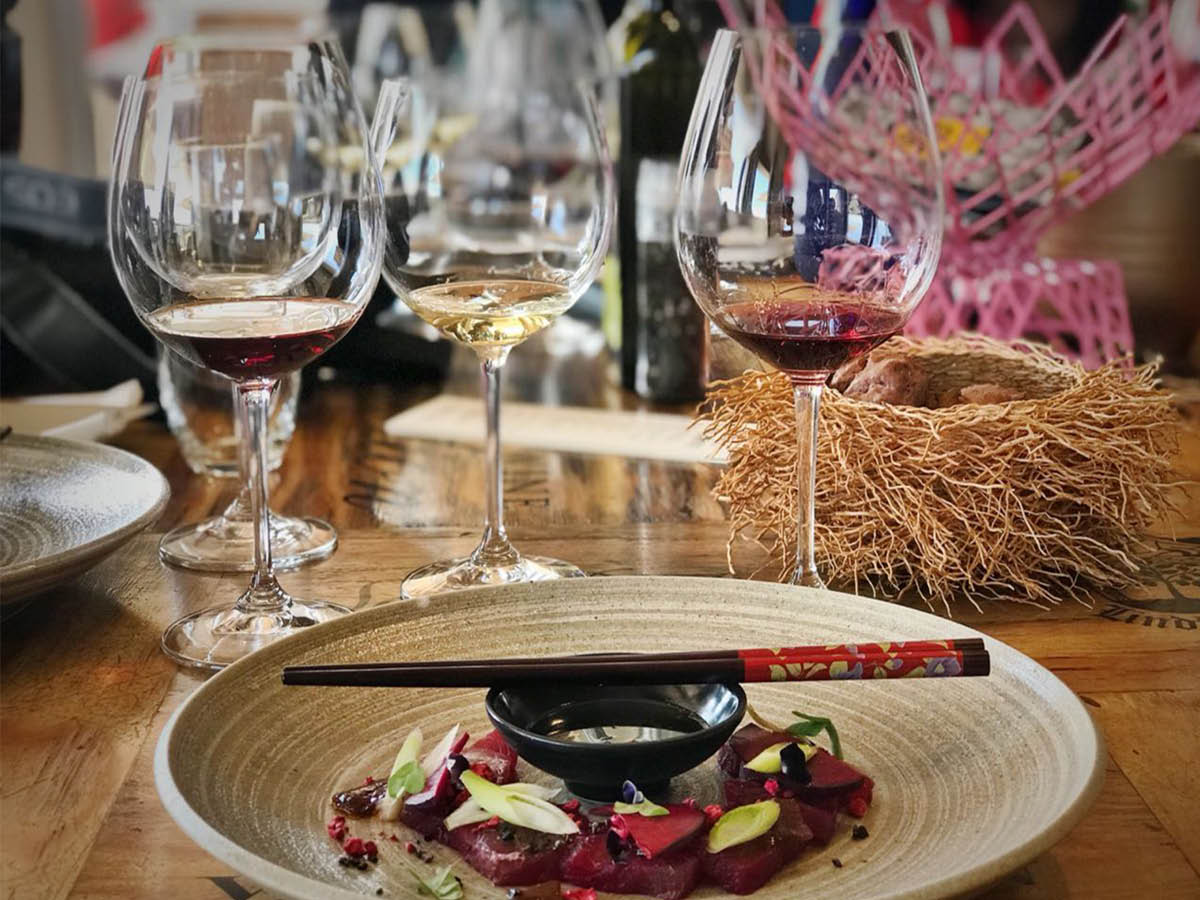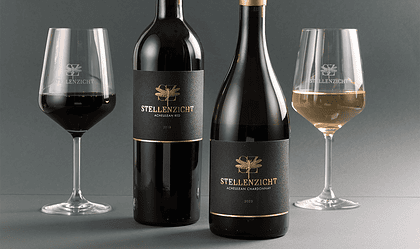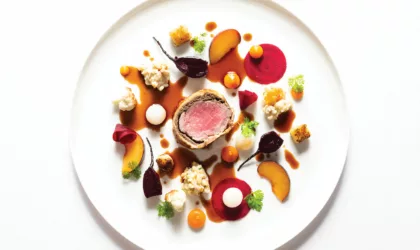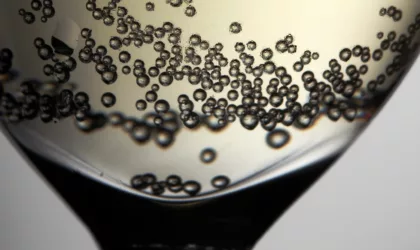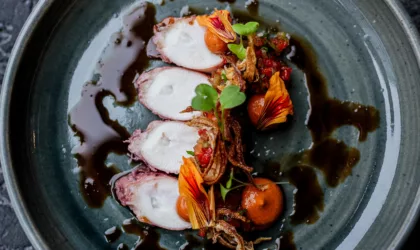In 2009, the wine estate partnered with Riedel glasses in order to ‘show off’ their wines properly. The Riedel family (who incidentally introduced colour to traffic lights) created cultivar-specific glasses – the first sommelier’s range. The wine tasting included five different stems and four different wines: Sauvignon Blanc/Riesling, Chardonnay, Pinot Noir and Cabernet. The routine went something like this: tasters were asked to taste the wines in the appropriate stem and then try them in one of the others; for example, Chardonnay in the Cabernet glass, Sauvignon Blanc in the Pinot glass.
Our tasting started off with a polystyrene cup. The horror. Despite the Sauvignon Blanc being described as a ‘superbly balanced wine beckoning with aromas of tropical fruit, elegant elderflower and interesting minerally whiffs’, the cup gave the wine a waxy aftertaste and, although not unpalatable, it wasn’t worth a second taste. The polystyrene cup was relegated to spittoon status immediately. We then used an ordinary wine glass, which did little for the different cultivars, followed by the bespoke Riedel stemware.
The most obvious differences were in the Chardonnay and Pinot Noir tastings. A Chardonnay glass should be wide open to the nose and taste buds, and it was an epiphany to experience the difference in the bouquet, the glorious layers, the fruitiness and the way the wine made an alliance with the taste buds in the wider Chardonnay glass. In fact, the attractive glints of yellow and green in the Creation Straw were completely absent in the wrong glass.
Pinot Noir out of a Chardonnay glass was, quite frankly, undrinkable. It was one-dimensional, had a pronounced acidity and no creaminess. A Pinot Noir glass narrows towards the top. From the correct stemware we could experience the inviting bouquet of spice, the ‘smooth yet complex experience on the palate and layers of dried fruit mingling with hints of raspberry and piquant spice’. While the large, open bulb on the Chardonnay glass enables you to take in the complex and large varieties of aromas in a Chardonnay, the thin bulb of the Sauvignon Blanc/Riesling glass makes sure that the wine hits your tongue at the centre and targets the right taste buds. The Pinot Noir and Cabernet glasses have a larger bulb to make sure there is enough oxygen to open up the wine but not an overabundance. The correct shape and size are crucial to help release the appropriate fruitiness and tannin levels, and direct the wine to the right part of the tongue.
So, what’s in a glass? A great deal. According to Robert Parker, who is described by the Financial Times as the ‘world’s most prized palate’: ‘The effect of these glasses on fine wine is profound. A glass that turns a sip into a celebration.
For more information, visit www.riedel.co.za.
